Lucas Vannice, PLA
The Landscape Architecture program within the School of Design and Construction at Washington State University (WSU) promotes opportunities for undergraduate students to network with Landscape Architects in order to connect students to professional practice. The goal is to provide students with a deeper understanding of the opportunities landscape architecture provides. For the Watershed Company’s Lucas Vannice, the commitment to promote the future of landscape architecture is an important contribution.
For the past year, Lucas has represented Watershed on the Landscape Architecture Professional Advisory Board (PAB) at WSU. The Professional Advisory Board helps the University develop programs essential to students while providing professionals with information from academia essential to an ever-evolving profession. “The relationship is symbiotic,” Lucas said, “because it is beneficial for WSU students, faculty, and professionals to have a strong, established community.”
According to Lucas, landscape architecture professionals benefit students and faculty by sharing their learned experience. This presents the WSU community with varying real-world perspectives, such as trends in the workplace, trending technology, and more. In a normal year, the Professional Advisory Board helps faculty with a variety of events that will prepare students for careers after college, including studio critiques, portfolio reviews, office visits, and alumni networking.
Despite social distancing limitations, the PAB has adapted and found unique ways to connect. For example, instead of an in-person portfolio review, this year Lucas participated in a "talking portfolio," where WSU LA students were paired with professionals to present their portfolio of work via Zoom.
During these reviews, Lucas always asks what outcome the students are looking for in order to identify their goals. Landscape architecture is a vast profession; students and professionals can take it in many exciting directions. Students often showcase skills in a variety of methods, like renderings, life-like simulations, mixed media, and hand-drawn work. “The media they choose to narrate their design is always fun to see,” Lucas says, “It’s very interesting.”
In late-Spring, Lucas participated in a virtual studio critique for LA 380, an undergraduate studio focused on parallel ecologies. In place of an in-studio event, the students, faculty, and review panel joined each other on Zoom. When it was each student’s turn to present their work, they took control of the screen. The technology allowed the students, many of which had left the WSU campus and were joining from home, to come together to share their work.
Beyond the benefit for students, there is a return for professionals as well. Lucas says he is rejuvenated and inspired in his own work after meeting with students. “Every time I work with a student, it reinvigorates my own passion and commitment to landscape architecture. It’s so exciting to see through the lens of the next generation of landscape architects and the solutions they’re proposing.”







